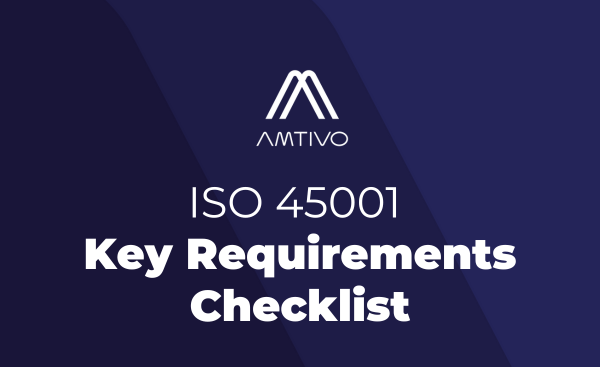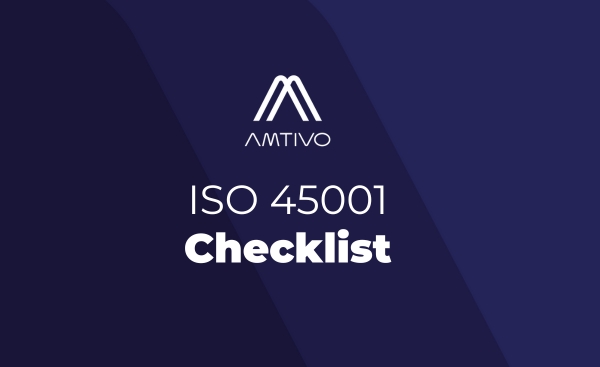Implementing ISO 45001 is a structured process that requires careful planning and execution. Follow these steps to establish an effective Occupational Health and Safety Management System:
1. Gain leadership commitment
Top management must understand the benefits, resource requirements, and their role in the implementation process. Their commitment and support is essential for organization-wide buy-in.
2. Conduct a gap analysis
Conduct a gap analysis to compare your existing processes against ISO 45001 requirements. This will help identify areas that need development or improvement.
3. Create an implementation plan
Based on the gap analysis, create a detailed plan that includes:
- Implementation timeline
- Resource requirements
- Responsibilities
- Training needs
- Milestones and checkpoints
4. Train your team
Ensure your employee understand ISO 45001 requirements and their roles in supporting workplace health and safety.
Explore our ISO 45001 training courses.
5. Collect documentation
These documents are evidence of your organization’s commitment to health and safety goals.
Important documents to include:
- The scope of your OH&S Management System
- Health and safety policies
- Risk assessments and action plans
- Defined roles and responsibilities
- OH&S goals
6. Implement the OH&S Management System
Now it’s time to launch your documented OH&S Management System. Clear communication is essential during this phase to ensure employees are aware of their responsibilities and adhere to the new procedures.
7. Conduct an internal audit
Once the system has been operating for a period (typically at least three months), conduct internal audits to verify that processes are working as intended and identify opportunities for improvement.
8. Management review
Hold a formal management review to evaluate the effectiveness of the QHSMS, address any issues identified during audits, and make decisions about resource allocation and improvement initiatives.
9. External audit
Engage an accredited certification body to perform an external certification audit. This audit verifies the effectiveness and compliance of your OH&S Management System, leading to certification if successful.
10. Continual improvement
Implement improvements to the OH&S Management System and organisational processes.













